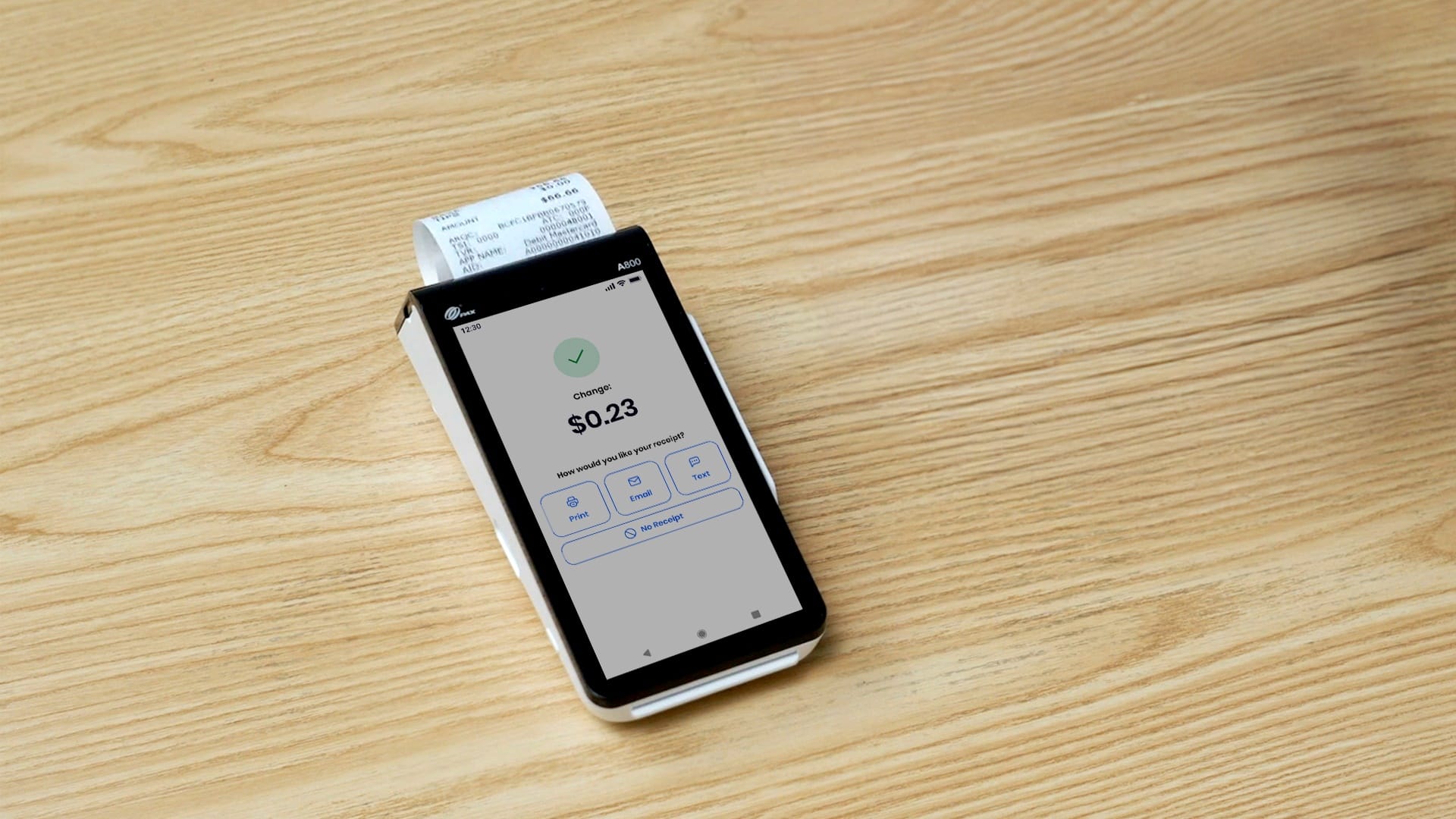If you run a small business, email marketing continues to be one of the most effective ways to connect with your customers and drive sales. Why?
Because email is direct and personal. In contrast to social media, where your message competes with many others to reach potential customers, email allows you to speak directly to your audience in their inbox, where they are more likely to engage with your messaging. It provides the ability to build stronger relationships by delivering targeted and personalized messages based on your customers—and why they love your business. This personalized approach can increase customer loyalty and boost sales over time.
Additionally, email marketing is one of the most cost-effective marketing strategies available. Small businesses often operate on tight budgets, and email marketing offers an excellent return on investment (ROI). With automation tools such as email marketing software, you can create campaigns that run with minimal ongoing effort while still delivering consistent results. Unlike paid ads, which require continuous spending, email marketing enables you to nurture leads and maintain communication with your customer base at a fraction of the cost.
All that said, there is one big catch: How do you go about collecting email addresses in the first place?

In the past, many businesses used techniques like encouraging customers to drop their business cards in a jar for a chance to win something. While that may still work in limited scenarios, leveraging technology is a far more effective approach.
Specifically, today's modern POS system for small business can automate a lot of the work, not only saving you time but also making it easy to capture email addresses at every touchpoint. Here are 5 ways to expand your customer list so you can easily reach your target audience.
1. Import your existing customer list
Perhaps you’ve had a sign-up sheet at the cash register or a drop-box for customer business cards to collect email addresses. Maybe you collected email addresses in order to provide deliveries, shipments, or for offsite events. Whatever you may have, your first step is importing that list into your email marketing database. The easiest way to do that is to import your customer email list as an Excel or CSV spreadsheet.
2. Encourage digital receipts at the point-of-sale
Today's modern customer is quite used to digital transactions—and many customers are happy to help reduce paper waste. That being the case, encourage your customers to choose an email receipt during checkout. It's a win-win for both parties.

Digital receipts give you and your staff a low-pressure way to ask customers for their email address, and that information is then automatically imported from the point-of-sale to your customer list in your email marketing platform.
3. Offer loyalty rewards
The most widely touted benefit of a rewards program is that it incentivizes repeat visits from your customers, but customer loyalty software is also a great way to build your email subscribers. The moment a new customer enrolls in your program, their email address goes right into your email marketing system, meaning you can also connect with them about new products, special offers, and anything else you want them to know about.
Create an enrollment landing page on your website
You don't need to rely solely on the checkout process to get people to sign up for your loyalty program. You should also make it easy for website visitors to enroll in your program and check their points. You can do this by adding a signup form to your website or creating a dedicated landing page for loyalty rewards.
4. Take payments online and send invoices
If you host offsite events or sell directly to other businesses, this is another opportunity to build your customer email list. With a virtual terminal or mobile POS system, you can run one-time payments online (or from your phone) and collect email addresses to send a digital receipt. You can also send invoices or set up recurring payments from a computer.
And just like with in-store transactions or loyalty signups, every new customer you set up automatically gets imported into your customer database. Once again, that’s the beauty of a cloud-based POS solution: it combines sales and customer data across multiple sales channels into one easy-to-use online dashboard.
What’s next? Implement your email marketing campaigns

Now that you’ve built a healthy email list, stay in touch with your customers by sending email campaigns. If you're not sure how to create successful email marketing campaigns, check out these email marketing best practices, including how to write subject lines, body copy, what images to include, and how to craft a compelling call to action.
Also be sure to leverage your digital marketing platform to save time and keep things professional-looking. SpotOn Marketing, for example, includes premade templates, drag-and-drop editing, and the ability to customize your branding. With built-in tools like this, it no longer needs to be a time-consuming headache to send marketing emails to your target audience.
Finally, remember that email marketing provides measurable results, an essential step in optimizing your marketing strategy. Be sure to monitor your marketing campaigns across these key metrics:
- Open rates
- Click-through rates
- Conversions
Data on your emails is a powerful tool to help you understand what works and what doesn’t, so you can continually improve your campaigns, ensuring that your messaging resonates with your audience. Over time, this can lead to more effective marketing efforts, stronger customer relationships, and increased revenue, all crucial for the growth and success of your small business.
Already a SpotOn client? Take advantage of these marketing tools at no extra cost. Simply log in to your SpotOn dashboard to start sending emails.













